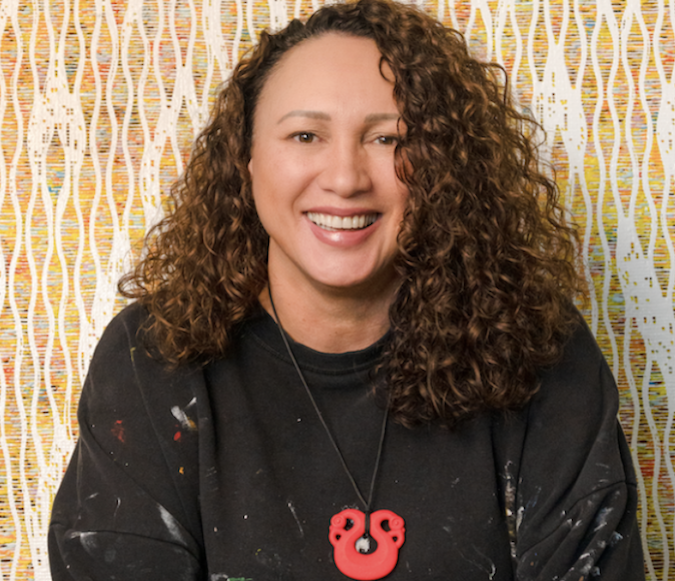
New Zealand musician Andrew Spraggon, aka Sola Rosa, has been creating an fusion of genres for more than 20 years. He founded an experimental recording project in 1999 and has since built a following of over 100,000 monthly listeners.
Spraggon has been a consistent innovator in New Zealand’s music scene, blending soul, funk, electronic, jazz, R&B and pop while pushing creative boundaries. Along the way, he has earned numerous accolades, including a Number 1 album on iTunes and awards for Best Electronica Album, Best Independent Release and Best Producer.
Ahead of his latest project, set for release at the end of 2025, Spraggon offers a glimpse into his life as a musician.
What does your typical day look like as a musician and producer?
I start the morning with meditation and some breath-work, fitness then a coffee before diving into emails and admin. I’m always working on an album, so the rest of the day depends on what phase I’m in – sometimes I get to be creative, which is my favourite part. And, of course, I’m a dad to two teens, so there’s the usual family life stuff too. It’s a pretty normal work day routine, nothing exciting but I need the morning routine to stay sane in the game.
Looking back, what inspired you to launch Sola Rosa in 1999?
I’d been in bands from a young age and just wanted to make music for myself. My last band, Cicada, was essentially an indie-rock guitar band – I was the singer and guitarist – but I’d lost interest and inspiration after discovering funk, soul and the rise of bedroom producers like Howie B, David Holmes and labels like Mo’ Wax, Guidance, Ninja Tune and Warp. My influences shifted, and I wanted to make music in that vein.
Where do you find inspiration, and how do you decide which elements to incorporate into a track?
I’m mostly inspired by the music I’m listening to at the time, and that has evolved over the years. I’ve always loved making tunes with hip-hop beats, but lately I’m leaning more into dance music, particularly indie dance styles. My process has changed too – early on I was heavily sample-based, digging through op-shop vinyl and creating musical collages with keys and programmed beats layered on top. These days, I still use samples, but mostly royalty-free ones from platforms like Splice. I play a lot of synths, keys and percussion, often bring in other musicians and collaborate with vocalists when it feels right.
Funk and soul are central to Sola Rosa’s sound. What draws you to these genres?
Funk and soul were what pulled me away from indie rock in the first place. The heavy grooves, the infectious rhythms – it’s all there. Essentially, it’s where all good music comes from, so I went straight to the source.
What’s your typical process for producing music?
I used to try and finish demo tracks before bringing in vocalists, but now I aim to make a beat a day when I’m in writing mode and then move on to the next one. At the end of the month, I revisit everything, render the best tracks, and then either bring in vocalists or develop them further. If a track needs guitar, drums or other instruments, I’ll bring in collaborators at that stage.
What excites you most about your new album, and how will your music evolve next?
The recent EP closed the ‘live band’ era of Sola Rosa. I had a lot of great times with that setup, but it felt like the right moment for a change. My new music is much more producer-driven. I’m still collaborating with others, but I’m exploring new genres and styles, with a stronger focus on getting people moving – whether on the dancefloor or in a live show. There’s also a new audio-visual element I can’t say too much about yet, but it’s super exciting. I’ll be touring in 2026, so people can come and experience it all firsthand.




